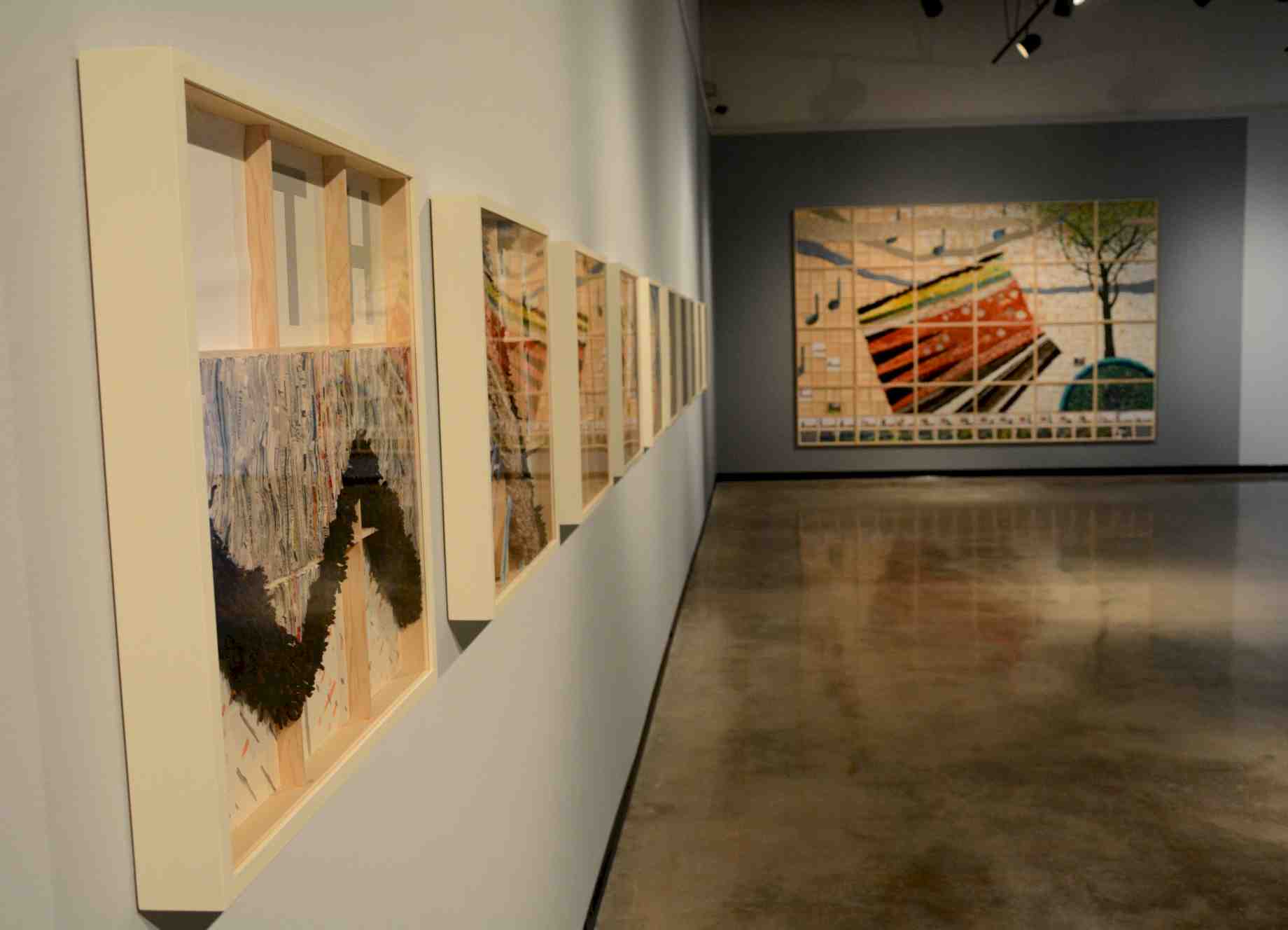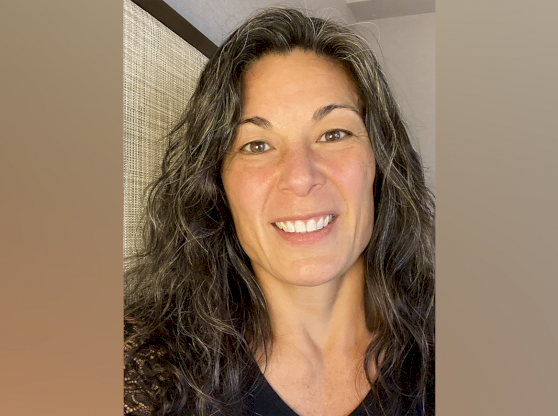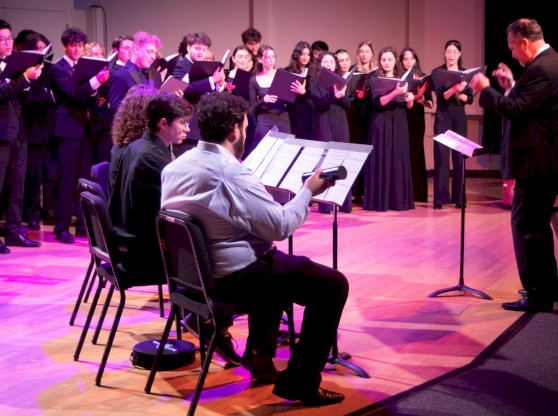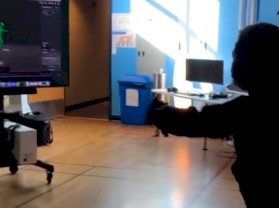Colorful, textured and massive artwork filled three galleries at the University of Florida for the first half of the fall 2018 semester during Evolutionary Moment | Steven Siegel.
Biography stretched and twisted across a 25-foot-long wall in the Gary R. Libby Gallery. Siegel created Biography by adding an approximately 22 inch-wide section of the artwork to the left of the artwork at a time. The work grew over five years until reaching over 150-feet-long.
"Like evolution, Biography has no endpoint. It could just keep going," Siegel said. "So it's sort of a geologic timeline, and at the same time it's a personal timeline and it's a chronical of various techniques and crafts that I've developed over the years."
Only a fraction of the whole Biography piece was exhibited at the gallery. The rest is dispersed across other locations, including an approximately 100-foot section in the Albany International Airport. The work has never been seen altogether as a whole by anyone, not even by Siegel himself.
To document the entirety of Biography, Siegel photographed the work in 30-foot sections and combined them in Photoshop. This process made Siegel realize that photography and videography could be useful tools for creating art, leading him to eventually craft video "collages" linked to physical artworks.
In University Gallery, the 96-inch piece An Art Video spread across a wall, with the video associated with the work playing in another area of the exhibition.
"It's a movie set," Siegel said. "The film is pretty important. If anybody really wants to know what any of this stuff means or how it ties together, you really have to see the film."
The works exhibited in An Evolutionary Moment often tie together through references and common themes. 35 Pieces, which consists of 35 discrete projects that combine to make a 10 by 16-foot-long work, has references to Siegel's outdoor works as well as his Wonderful Life series, which was partially displayed in the Constance and Linton Grinter Gallery of International Art.
"Everything, like everything in nature, is cycled and recycled, and keeps popping up again," Siegel said.
Siegel spent seven years creating the 52 pieces that comprise Wonderful Life, allowing each piece to become more complex and involve more materials from the last. He named these scultural forms by assigning each a name in alphabetical order for both masculine and feminine genders.
"52 is essentially an arbitrary number," he said. "Evolution plays out with no understanding of its beginning and obviously no understanding of its end. So 52 could have become 104, and it could have become 208. It could have gone on forever."
The exhibition is an opportunity for all visitors to investigate concepts relating to nature and growth while enjoying the visually striking pieces. Students, faculty, staff and community members have explored the evolution of Siegel's expansive pieces since its opening September 4 and heard from the artist during his lecture on September 6. The exhibition closes October 26.




